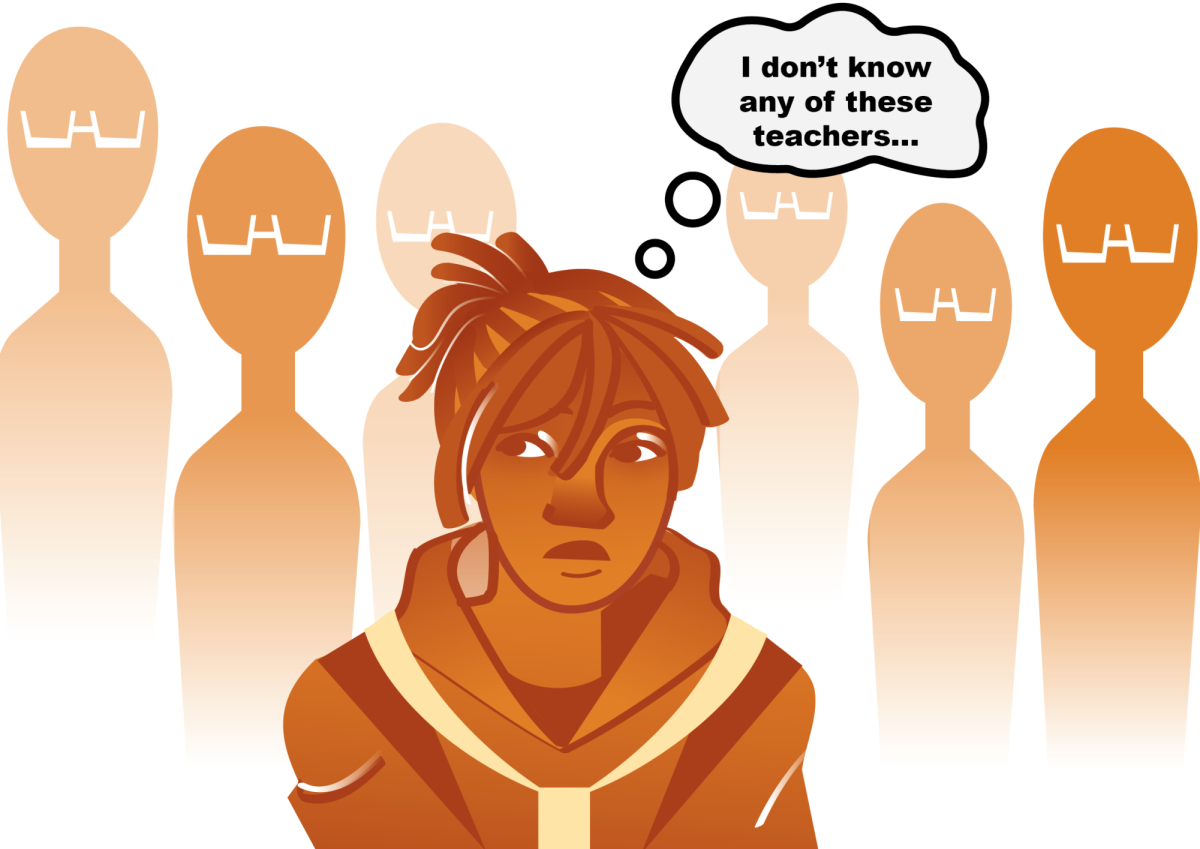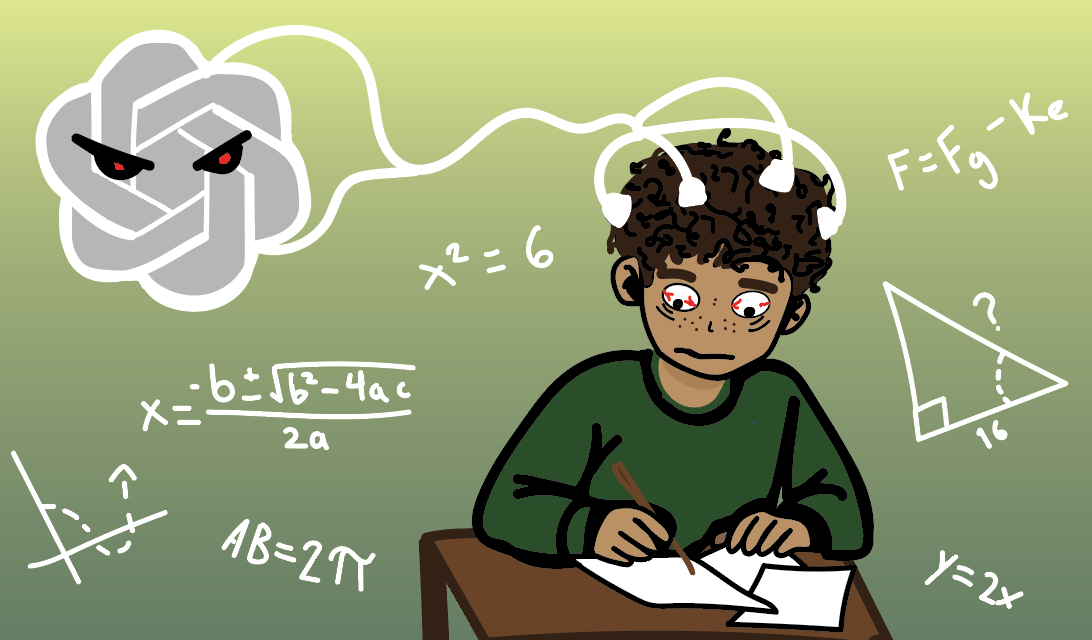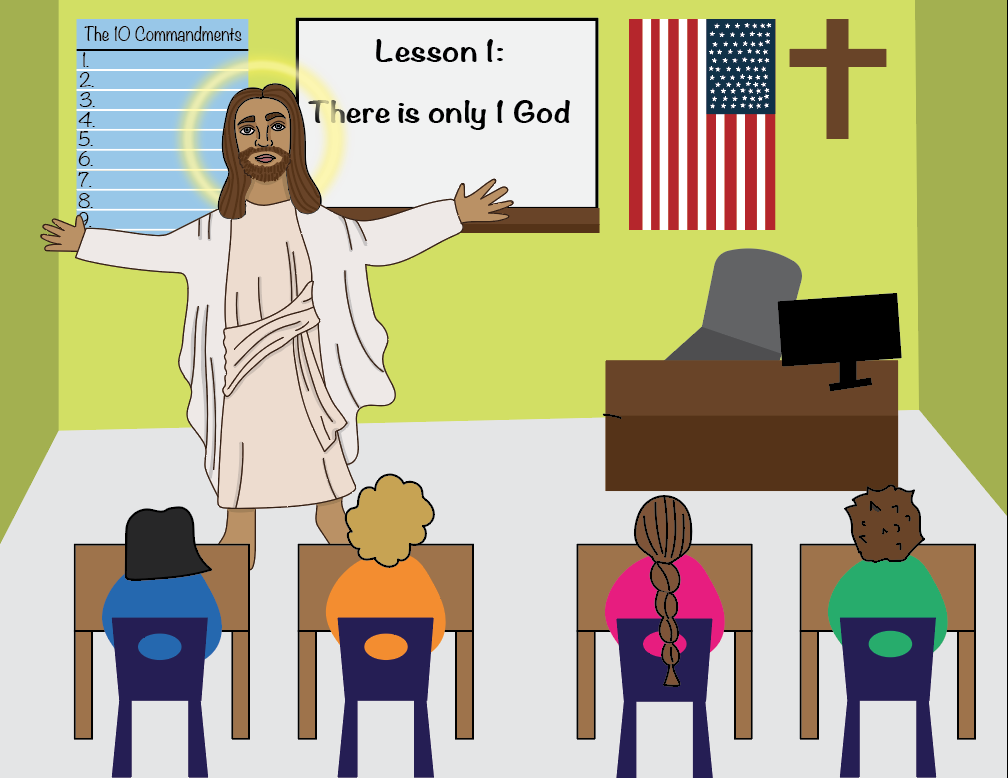The COVID-19 pandemic was hard on all communities throughout the world, but educators are the ones who got the brunt of the backlash. In the years after the 2020-2021 school year, the retention of teachers at all institutions was at an all-time low.
This is a big issue because students get detrimentally affected from something that’s very much out of their control. Students have been put under unconventional learning conditions due to the lack of educators in their local area. Some examples of this include larger class sizes and major changes in scheduling, both of which take up unnecessary time and resources.
A substantial change is the amount of new teachers that have surfaced in the educational field. Many students have teachers who have just graduated from college and are in their first or second year of teaching. This is something that’s completely out of the student’s hands and they end up being the test run for many of these first-year teachers, when their education is on the line.
The turnover rate, which tends to be one to three years, is so out of hand to the point where the teachers who may have a decent amount of experience are leaving before they’re able to make an impact on their students.
Another result of this shortage is that fewer people are wanting to come into the field of teaching. A study in 2022 concluded that less than one in five people have wanted to become teachers since the end of the pandemic.
This is due to factors such as low pay rates, lack of basic classroom materials, and stressful work environments. These numbers have continued to drop since the end of COVID-19. Furthermore, the heavily taxing work environment that many teachers face has just amplified the situation.
Teachers have been challenged with hybrid classroom designs forcing them to adapt to situations that they never experienced before. Having to tackle those challenges as they arise further builds on an already demanding field of employment.
Due to the results of the pandemic, teachers themselves also have to work harder because many students didn’t learn anything during online and hybrid school. Teachers who find themselves re-teaching entire classes, along with the curriculum that they already have to teach, face increasing levels of stress. Many teachers have resigned after the pandemic due to this difficult work environment and unfavorable conditions.
Students have recently had to undergo drastic schedule changes to level up or down in courses. Students who like their schedules are more inclined to stay in courses that are either too hard or too easy for them to avoid the arrangement of all their classes.
This in turn will impact many student’s grades because schedule changes are increasingly complicated to get right. Which means many people will be in courses where they either don’t challenge themselves or where they’re struggling too much as a result of the extreme shortage of educators in school districts.
This issue is also prevalent when trying to improve the school’s physical and academic structure overall. When the administration is simply trying to find people to teach it makes it hard to perfect the skill of our educators. If teachers leave every other year there’s no time for teachers to grow and perfect their skills as educators. This impacts the student’s ability to learn if the newer teachers are also learning themselves.
This also brings the school community as a whole down. If all of the efforts are being put into finding people to teach, it makes it hard to make improvements to the physical campus which may cause conditions to deteriorate.
This also impacts changes to the curriculum, as educators won’t be able to push their students to their fullest potential if they are just learning the basics themselves.
Consequently, educators are under extreme stress due to unrealistic working conditions. Hybrid working conditions may be favorable to students who are more inclined to stay at home but are extremely damaging to teachers.
Administrators can relieve some of this burden by making the environment more accommodating to newer teachers. This could be done by listening to their concerns. More experienced staff can provide help in teams and groups.









